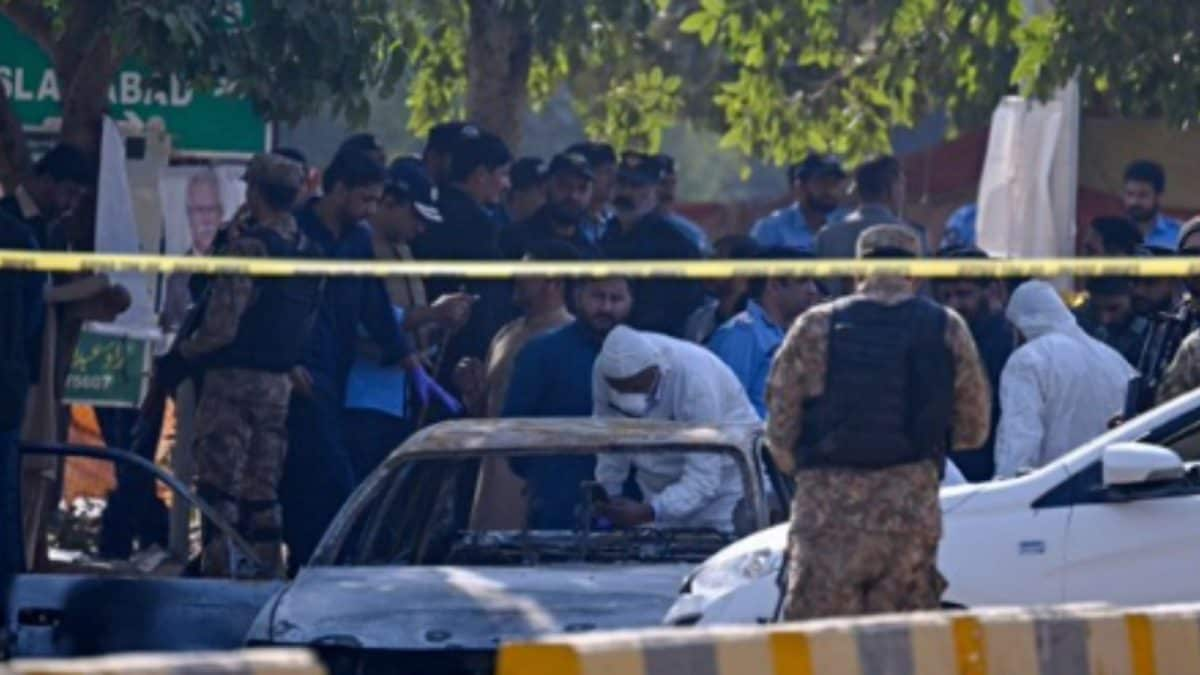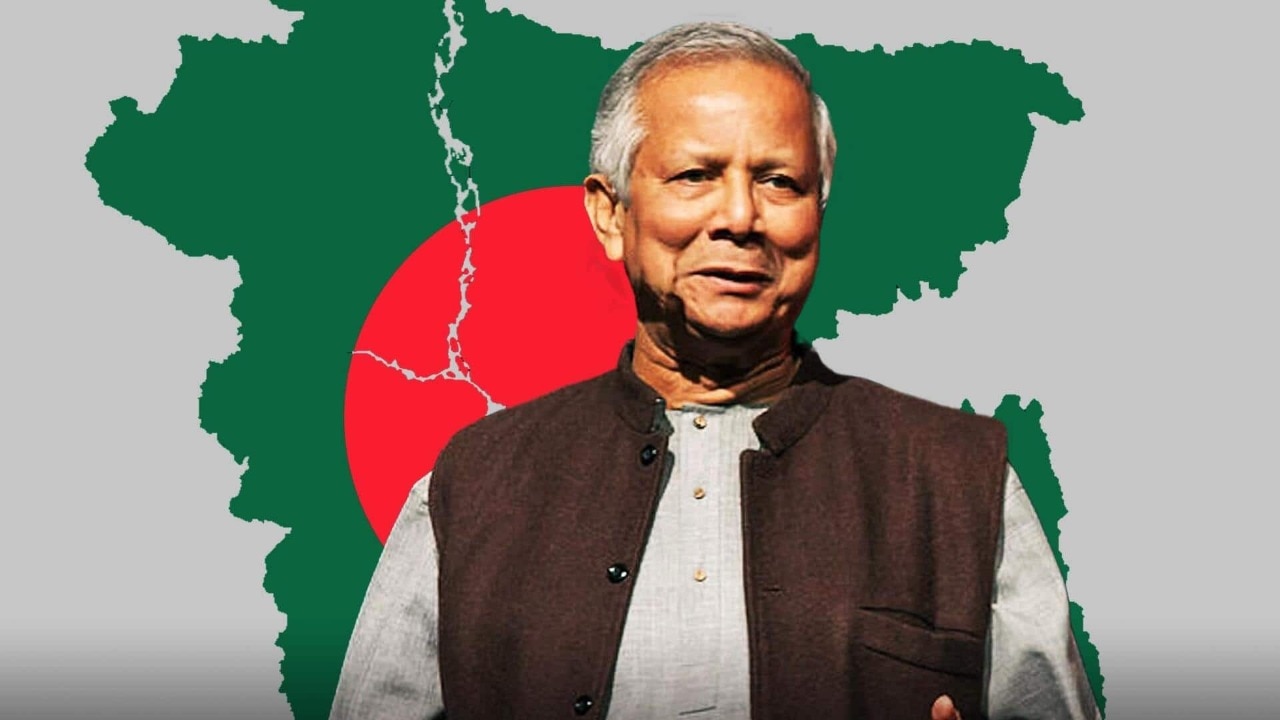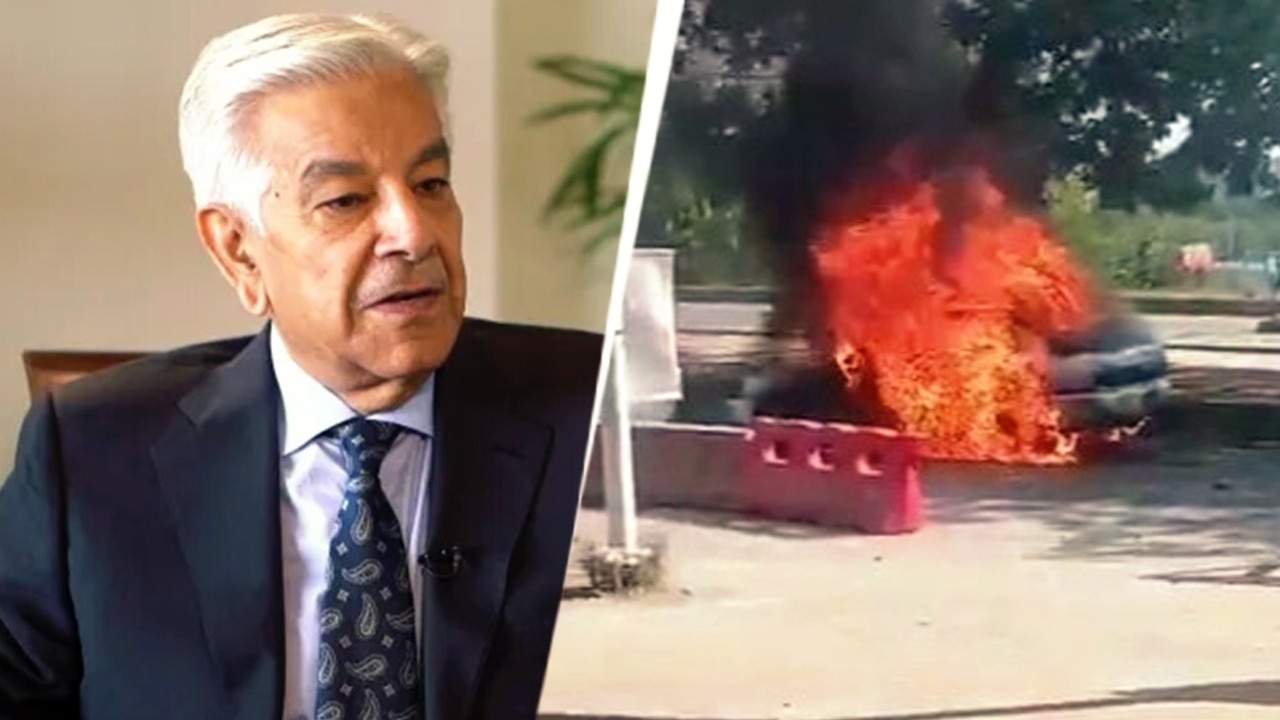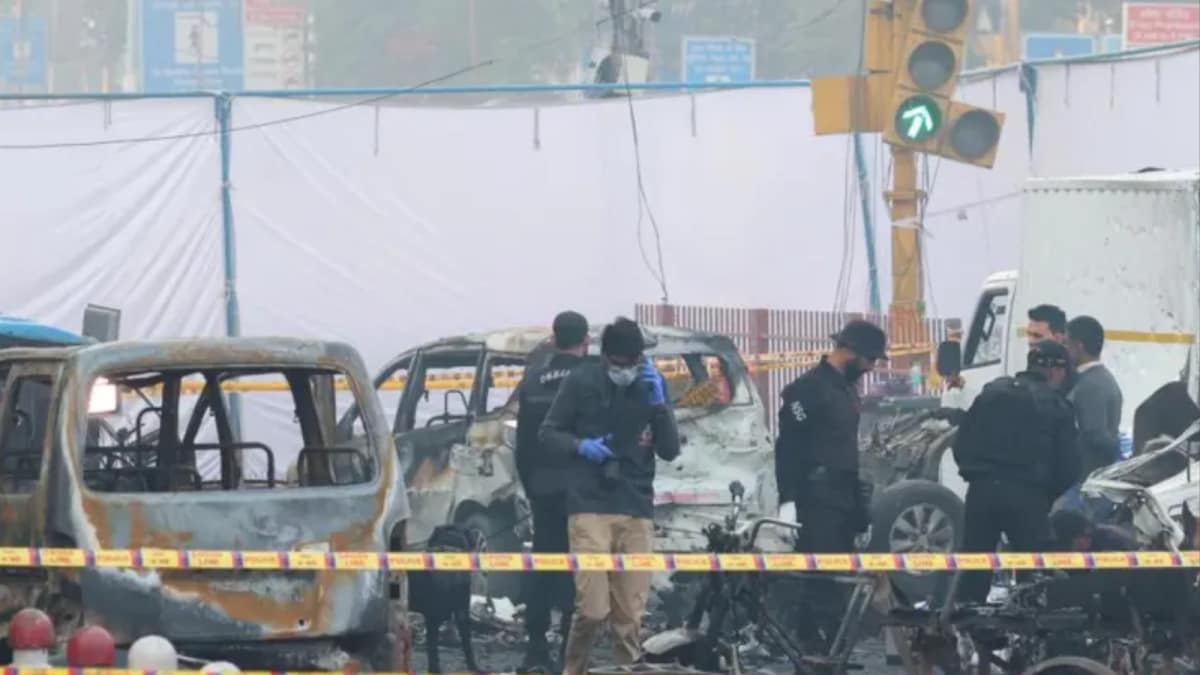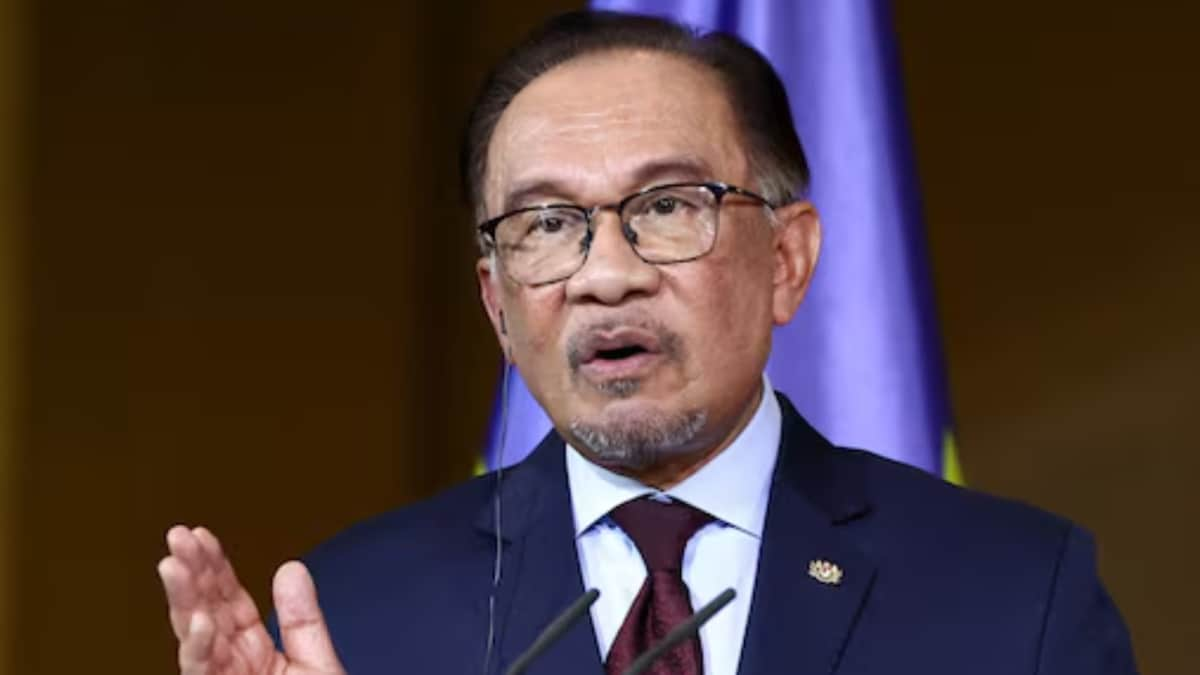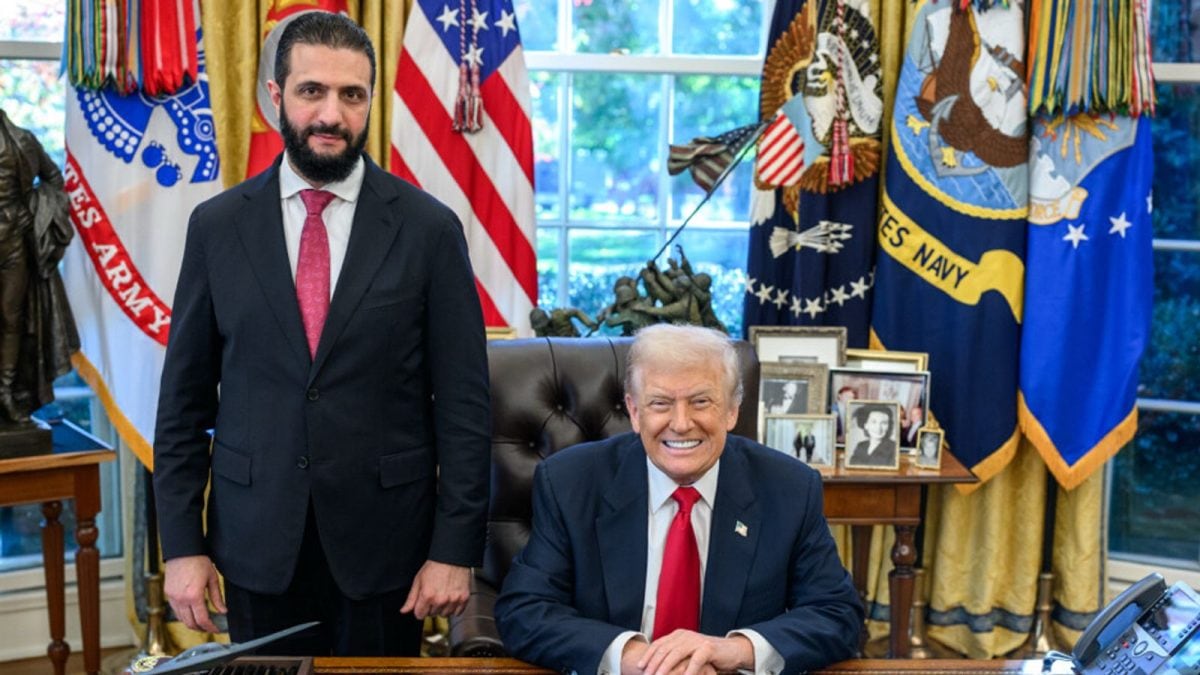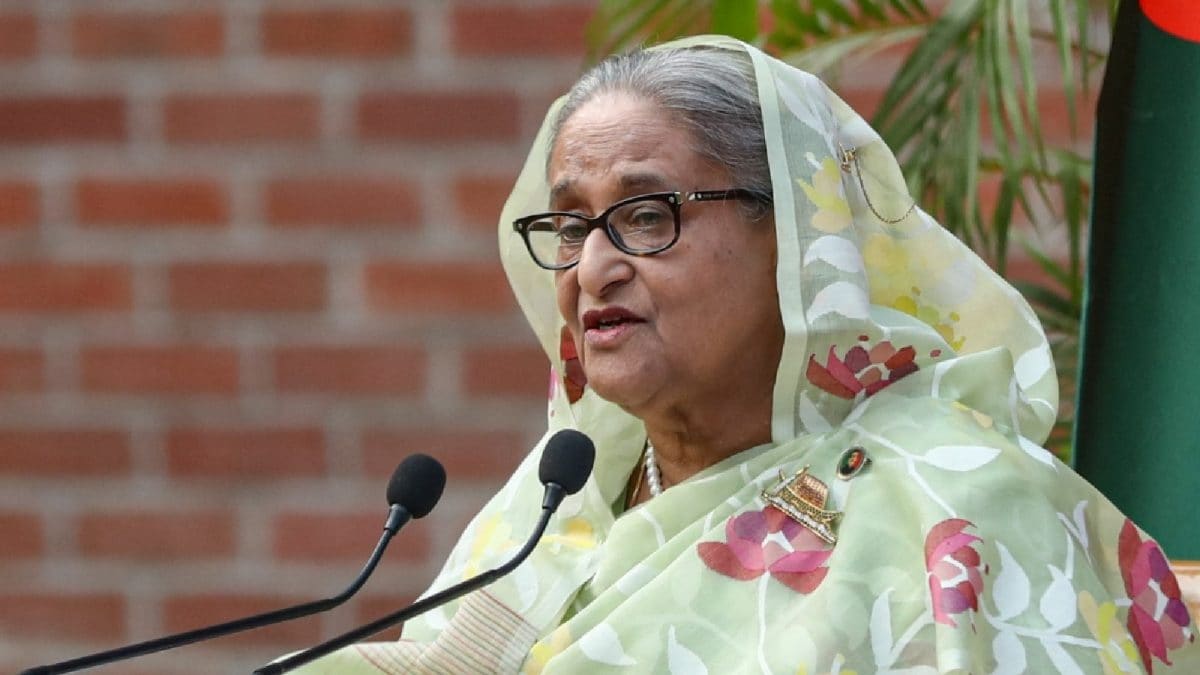Last Updated:November 11, 2025, 11:59 IST
By updating the genetic code inside mRNA vaccines every year, scientists can keep population-level immunity aligned with whatever version of the virus is circulating.

These updated shots use mRNA technology tuned to current spike-protein mutations, allowing the immune system to better recognise and neutralise the virus in circulation now (Image: Canva)
The world may have moved on from lockdowns and daily case counts, but COVID-19 hasn’t gone away. The virus continues to evolve, mutating into lineages that evade older vaccines.
This has pushed regulators and manufacturers to pivot once again, not toward universal mass vaccination, but toward precision protection for those most at risk. The latest generation of vaccines by Moderna and Pfizer marks that shift: a smaller, smarter, strain-specific response rather than another global scramble.
The Updated Vaccine: What’s Different This Time
The new vaccine formulations are not simple “boosters." They are re-engineered to match the newer dominant strains including JN.1 and its sub-lineages that have spread through 2024 and 2025.
These updated shots use mRNA technology tuned to current spike-protein mutations, allowing the immune system to better recognise and neutralise the virus in circulation now.
Moderna’s next-generation vaccine also improves shelf life and temperature stability, addressing one of the biggest logistical challenges faced during the first rollout. Pfizer’s version focuses on producing a broader immune response, offering cross-protection even if the virus mutates again. Early clinical data suggests both vaccines produce stronger antibody titres against recent variants than last year’s formulations.
Moderna and Pfizer, both companies have positioned their products as annual or seasonal updates, similar to flu shots. The idea is to move COVID-19 vaccination into a predictable rhythm rather than crisis mode.
Who Needs It Most
Health authorities are now taking a targeted approach. The latest guidelines recommend the new vaccine mainly for:
Adults aged 65 and above — because immunity wanes faster and complications are more severe.People aged 12-64 with pre-existing medical conditions such as diabetes, heart disease, chronic lung issues, or weakened immunity.Children aged 6 months to 23 months, who have immature immune systems and face higher risk of complications like viral pneumonia.Healthy adults under 50 are not currently the main focus, though they can opt for the vaccine based on medical advice. The idea is to prioritise those most likely to face hospitalisation or death if infected, rather than vaccinate the entire population repeatedly.
How Regulators Got Here
Over the past two years, public health agencies worldwide have observed that protection from previous vaccines fades with time, and breakthrough infections have become common. Rather than chase every variant, regulators like the US Food and Drug Administration now instruct vaccine makers to design formulations that match the most recent dominant strain, a model borrowed from annual influenza strategy.
The goal: anticipate, not react. By updating the genetic code inside mRNA vaccines every year, scientists can keep population-level immunity aligned with whatever version of the virus is circulating. This is the “seasonal Covid shot" era, the next phase of pandemic management.
India’s vaccination story has been one of scale and speed. Over 220 crore doses of Covishield, Covaxin, and other vaccines have been administered since 2021.
The country achieved wide coverage among adults and a large portion of adolescents. However, booster uptake has remained low, and variant-specific updates are still in early stages.
Unlike the US or EU, India has not yet authorised new strain-matched mRNA vaccines from Moderna or Pfizer. Indigenous options like Covaxin and Corbevax continue to serve as boosters, though they target older variants.
Scientists from the Indian Council of Medical Research (ICMR) and Bharat Biotech are studying whether updated versions can be developed locally using the XBB or JN.1 strains that circulated earlier this year.
Meanwhile, the government’s focus has shifted from universal vaccination drives to high-risk protection. Elderly citizens, healthcare workers, and people with chronic diseases are being prioritised.
Paediatric vaccination for younger children remains limited to certain age groups, with ongoing evaluation for safety and efficacy in those under five.
Why the Shift Matters
This change in strategy marks a philosophical shift in how the world treats COVID-19, not as a pandemic emergency, but as an endemic threat. The updated vaccines represent the move from “everyone must get the jab" to “the right people must get the right jab."
For India, this poses both opportunity and challenge. The opportunity lies in building capacity for local variant-specific vaccines and future pandemic preparedness.
The challenge lies in public communication, explaining to citizens why another vaccine exists, but not everyone needs it.
Beyond Vaccination: The Reality of Living with the Virus
COVID-19 is now part of the seasonal disease landscape. That means prevention goes beyond shots. Experts stress the continued importance of:
Annual vaccination for high-risk groups.Regular health check-ups for those with comorbidities.Improving indoor ventilation and air-quality standards.Maintaining a responsive surveillance system to track new variants.India’s dense urban centres remain vulnerable to new outbreaks, especially during winter or post-monsoon seasons when respiratory viruses peak.
What Lies Ahead
Moderna and Pfizer’s new generation of vaccines signals where global immunisation is headed — smarter, smaller, and more selective. India’s challenge will be adapting this precision model for a large, diverse population without losing accessibility or trust.
For now, the message is simple: the vaccine story isn’t over; it’s just evolving. The virus has changed, and so must our defences. For the elderly, the immunocompromised, and the very young, these updated vaccines remain an essential shield in a battle that’s no longer about panic, but persistence.
First Published:
November 11, 2025, 11:59 IST
News world The Covid Comeback Shot: Why A New Vaccine Is Rolling Out For 2025
Disclaimer: Comments reflect users’ views, not News18’s. Please keep discussions respectful and constructive. Abusive, defamatory, or illegal comments will be removed. News18 may disable any comment at its discretion. By posting, you agree to our Terms of Use and Privacy Policy.
Stay Ahead, Read Faster
Scan the QR code to download the News18 app and enjoy a seamless news experience anytime, anywhere.


 7 hours ago
7 hours ago



